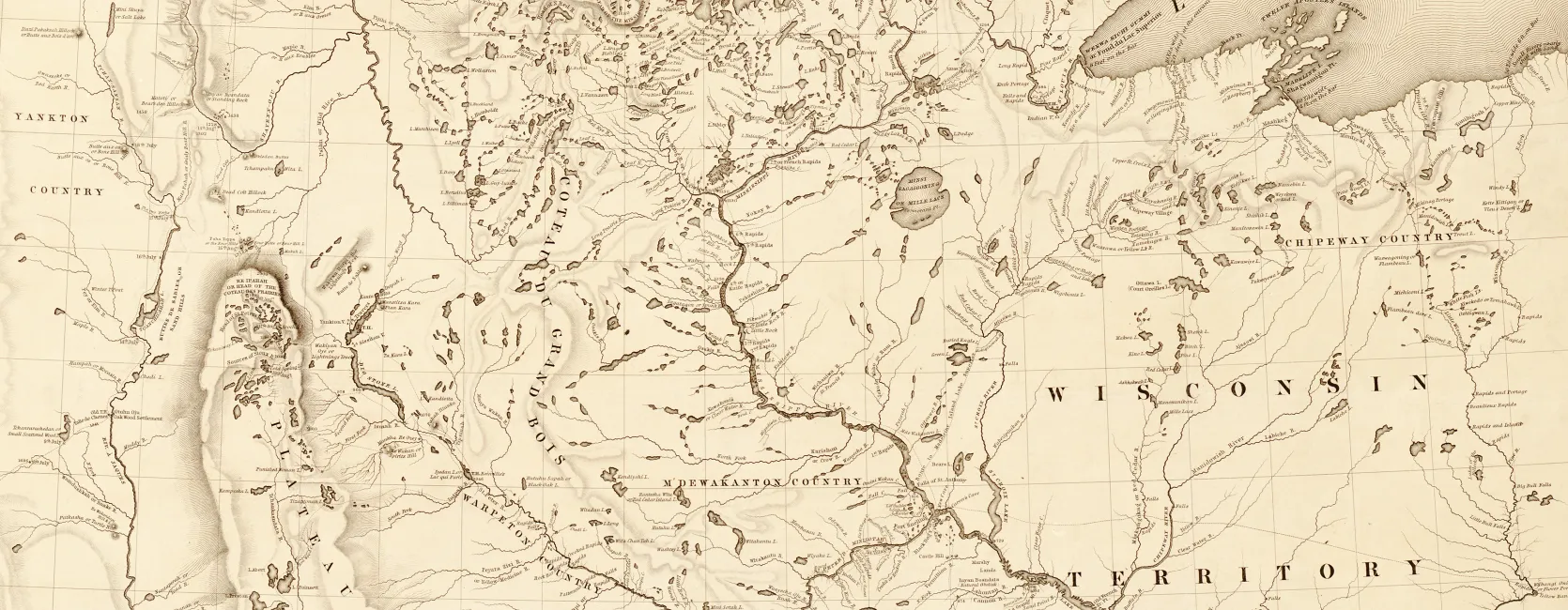Image


DEPARTMENT OF BOTANY
(1873)
Click here for Hayden's US Geological Survey - Colorado Collections
In 1871 and 1872, Hayden led expeditions to the Yellowstone area in Wyoming, bringing back geological data, maps, and collections, as well as the photographs that helped popularize the natural beauty of Yellowstone. However, in 1873, the heavy expenses of shipping supplies to an area with no railroad, in addition to the threat of hostile American Indians, led Hayden to shift his focus to Colorado instead.
Hayden divided the Colorado territory into northern, middle, and southern regions, and assigned an expedition party to survey each area. In addition, there were three other parties whose duties covered the entirety of the Colorado territory. One party triangulated all of Colorado, and another transported supplies to the expedition members. The third party, led by photographer William H. Jackson, included an artist and several naturalists. This group was given the task of photographing, sketching, and gathering observations for the benefit of both scientists and the public.
The expedition focused on geology and topography, but the naturalists also made extensive collections of fossils, animals, and plants. John M. Coulter, who had accompanied Hayden’s expedition to Yellowstone in 1872, continued in his role as an expedition botanist in 1873. He was an assistant in the expedition, gathering plant specimens in the Park Range Mountains and nearby mountain streams. Coulter found several specimens near Clear Creek, a mountain stream tributary to the Arkansas River, including Britton’s skullcap (Scutellaria brittonii), which is a member of the mint family, and the Virginia strawberry Fragaria firma, now known as Fragaria virginiana, which he collected at over 8000 ft in elevation. Specimens found in the Park Range mountains include arctic brome (Bromus kalmii) found at Buffalo Peaks, and large mountain fleabane(Erigeron coulteri), a new species found at 10,000 feet in elevation at Weston’s Pass, to the north of Buffalo Peaks.
Instead of publishing his findings in the Annual Report of the expedition, as he had the year before, Coulter incorporated them into the Synopsis of the Flora of Colorado, a compilation of descriptions of plants found on various exploring expeditions. The Synopsis, which encompassed explorations ranging from Parry’s expedition in 1861 to Hayden’s most recent expedition, was written jointly by Coulter and Thomas C. Porter, a fellow botanist, and published in 1874.
References:
Ferdinand Vandiveer Hayden and the Founding of the Yellowstone National Park. Washington: U. S. Government Printing Office, 1973.
Hayden, F. V. Sixth Annual Report of the United States Geological Survey of the Territories, Embracing Portions of Montana, Idaho, Wyoming, and Utah; Being a Report of Progress of the Explorations for the Year 1872. Washington: Government Printing Office, 1873.
Hayden, F. V. Preliminary Report of the United States Geological Survey of Montana and Portions of Adjacent Territories; Being a Fifth Annual Report of Progress. Washington: Government Printing Office, 1872.
Rodgers, Andrew Denny. John Merle Coulter: Missionary in Science. Princeton: Princeton University Press, 1944.
USDA PLANTS database. United States Department of Agriculture, Natural Resources Conservation Service. National Plant Data Center. http://plants.usda.gov/ (for information on plant species Dicentra uniflora, Calochortus nuttallii, Pinus ponderosa, and Botrychium lunarioides; accessed July 6, 2010).